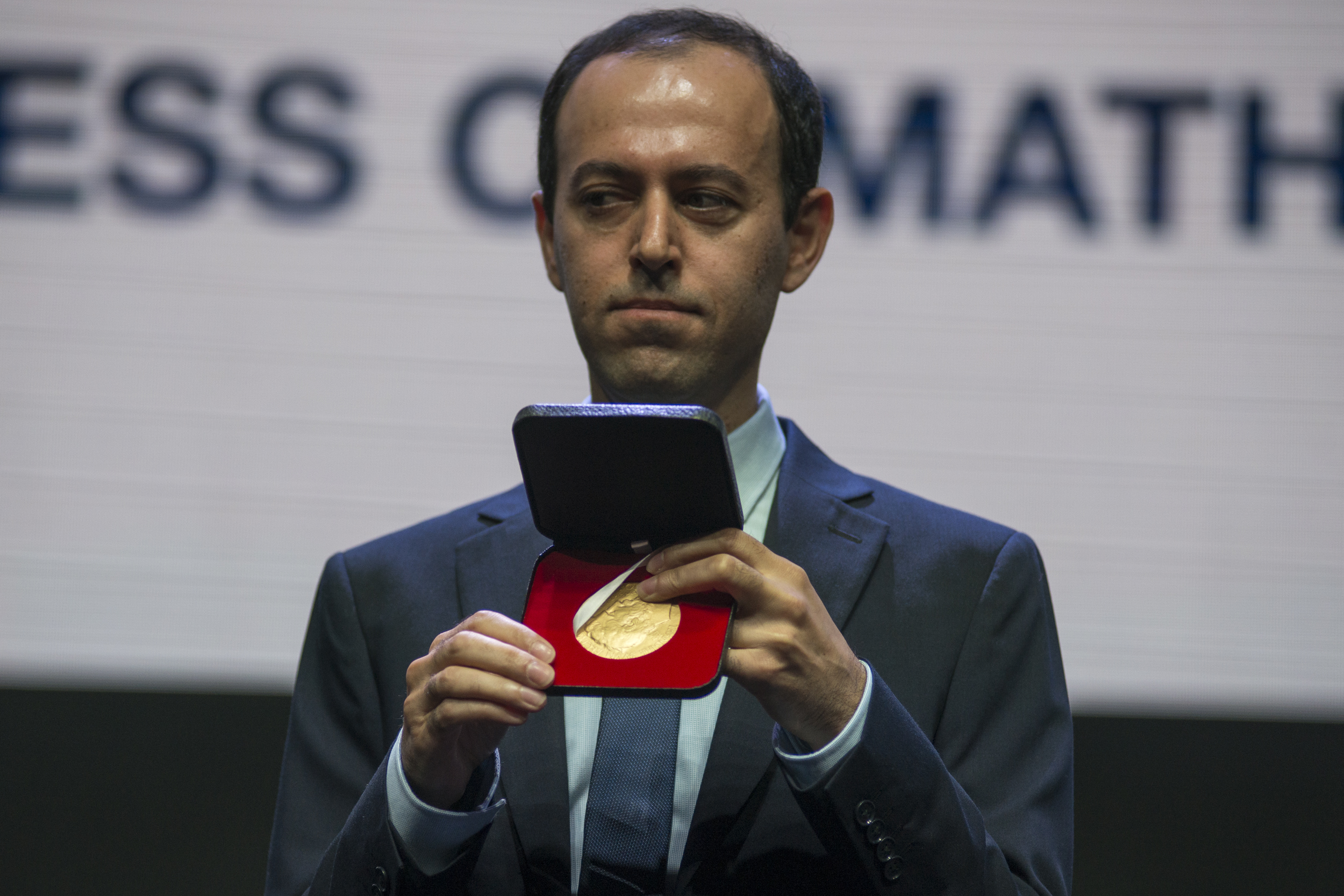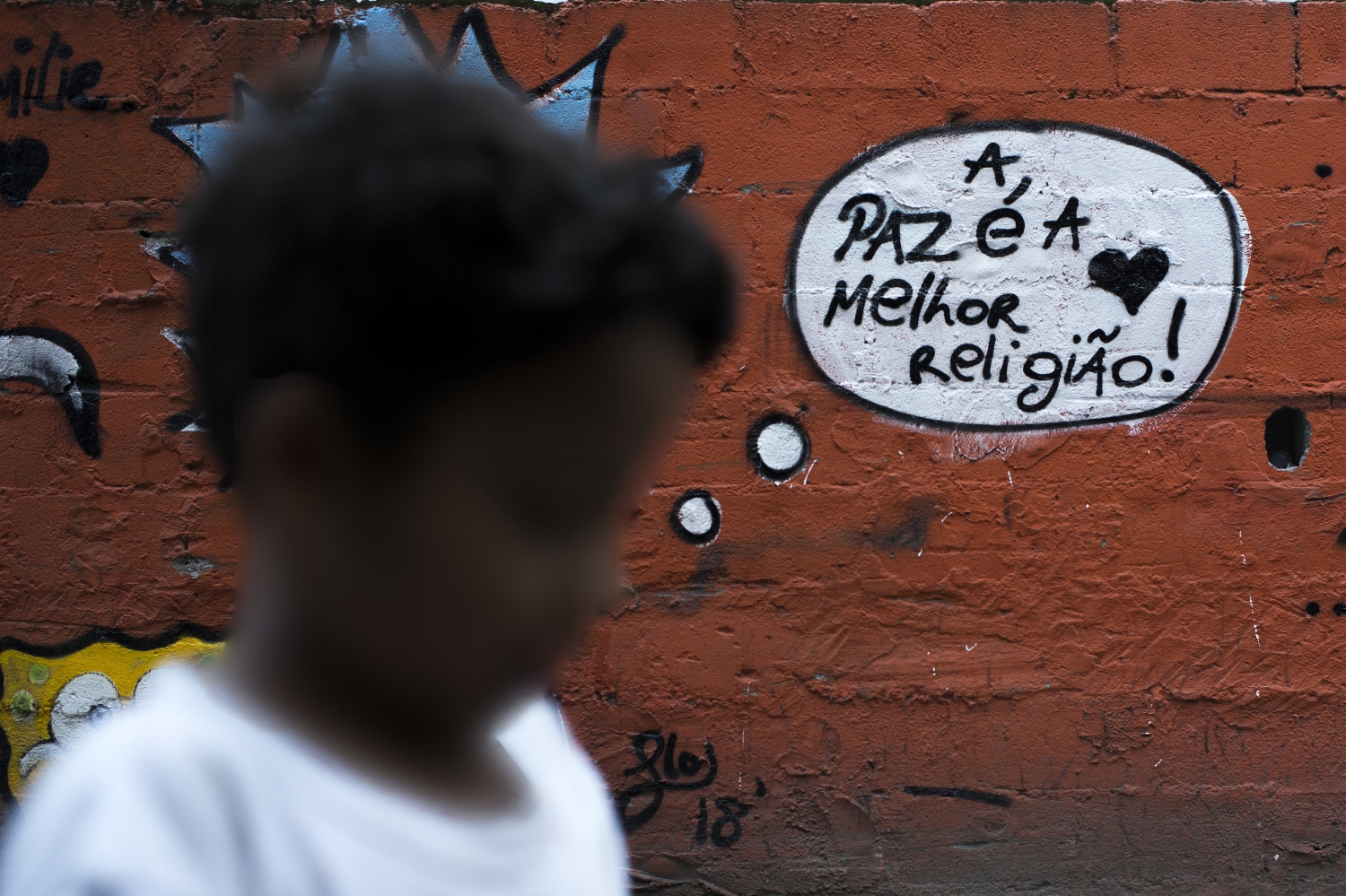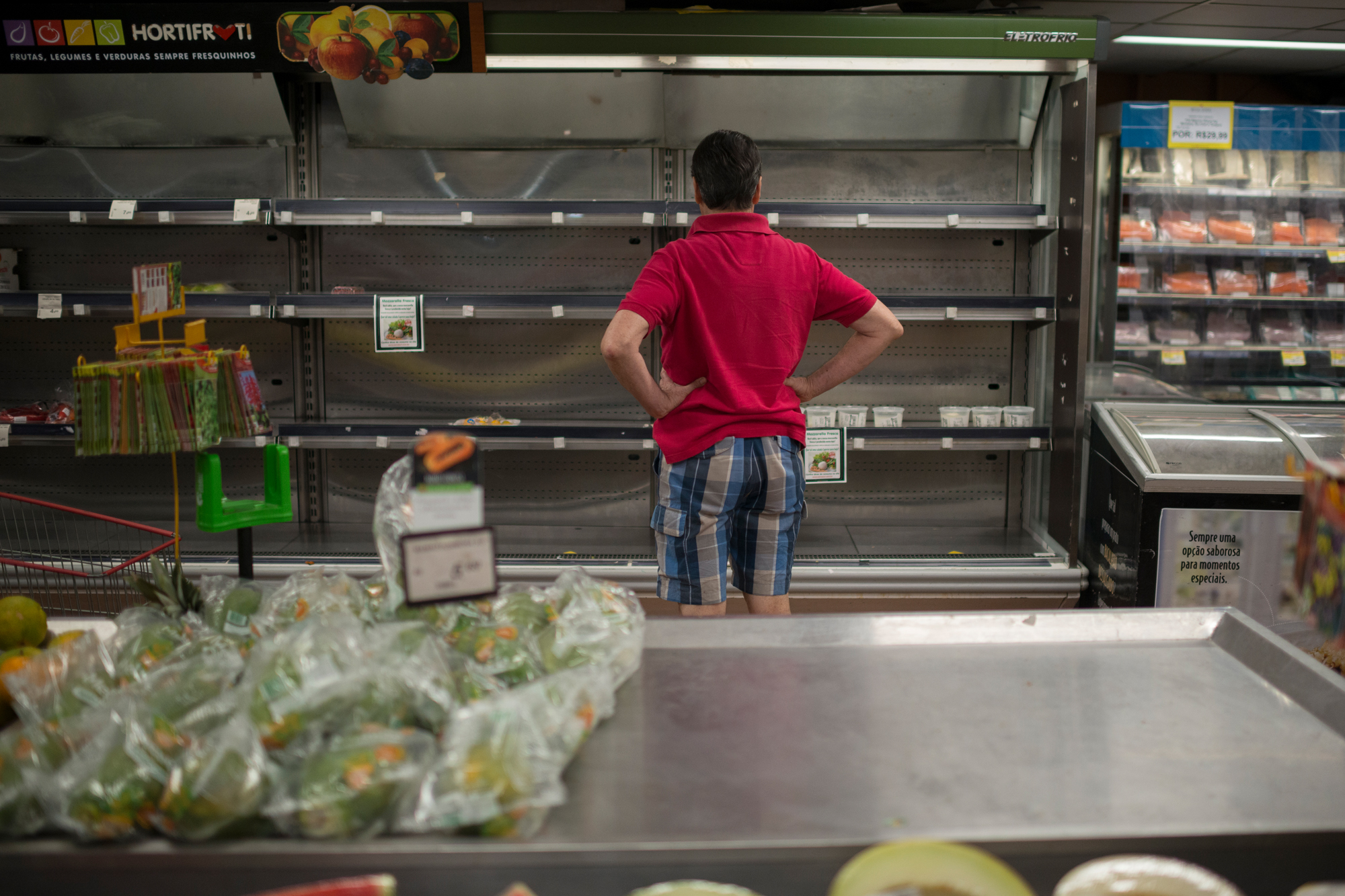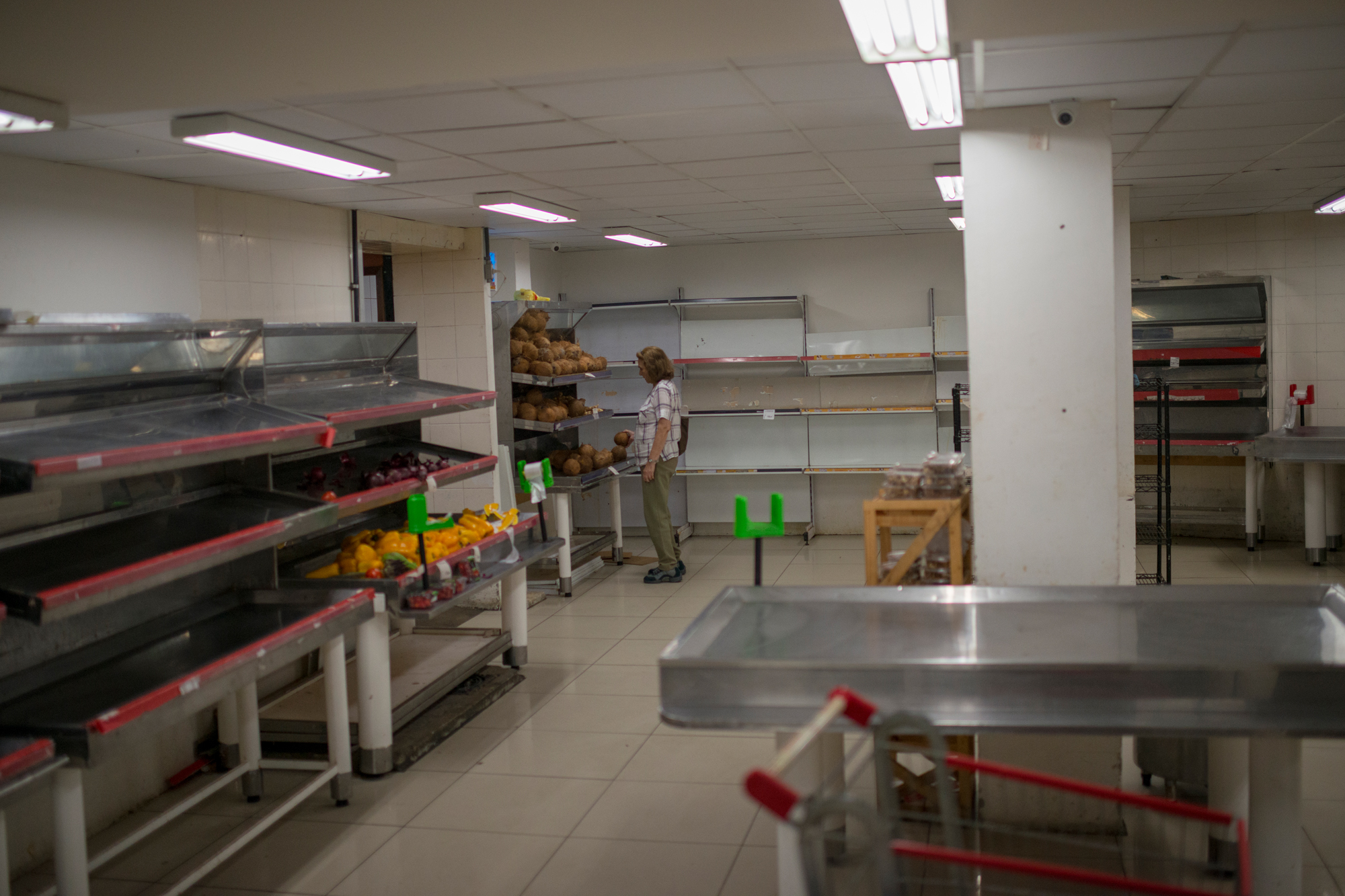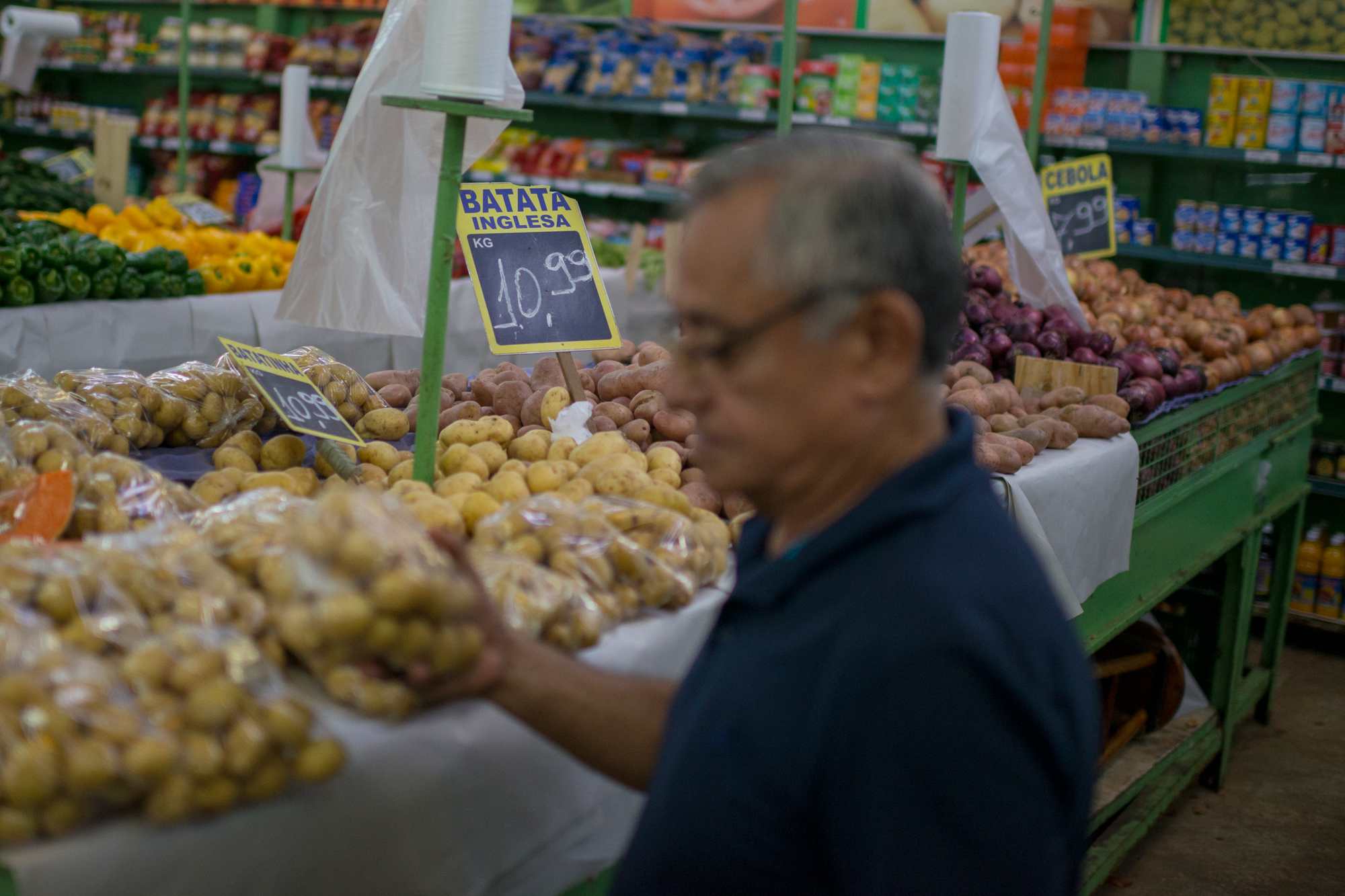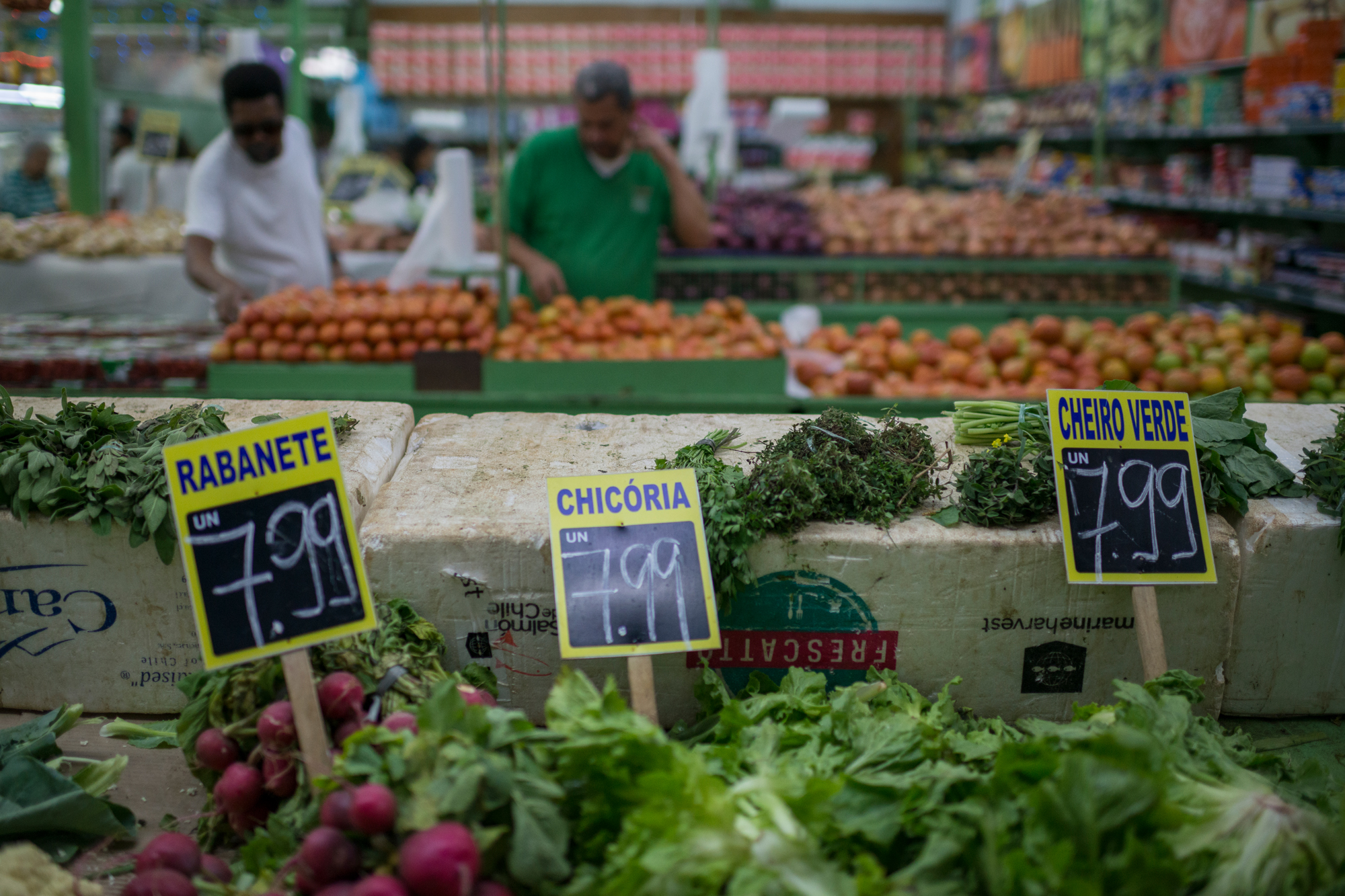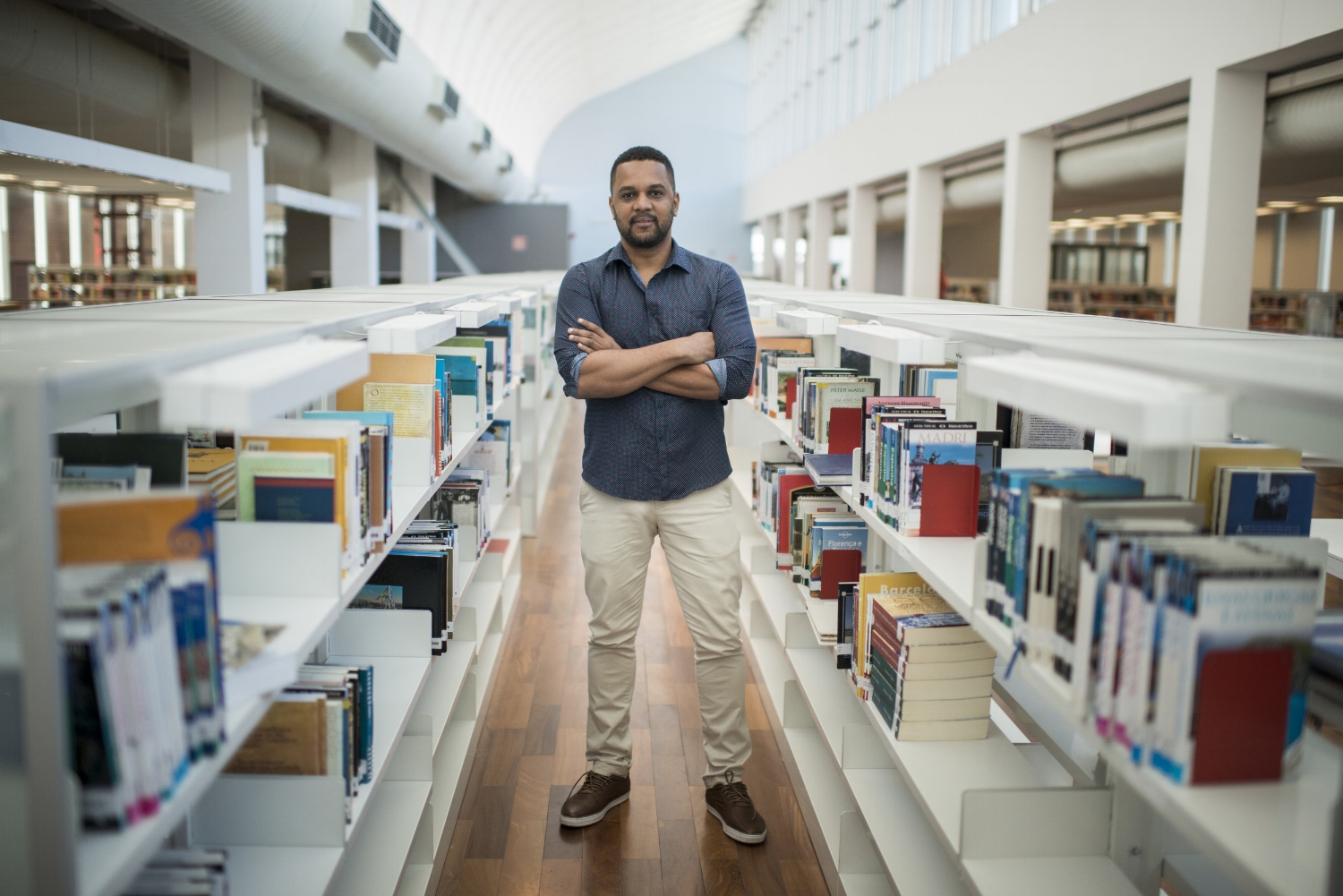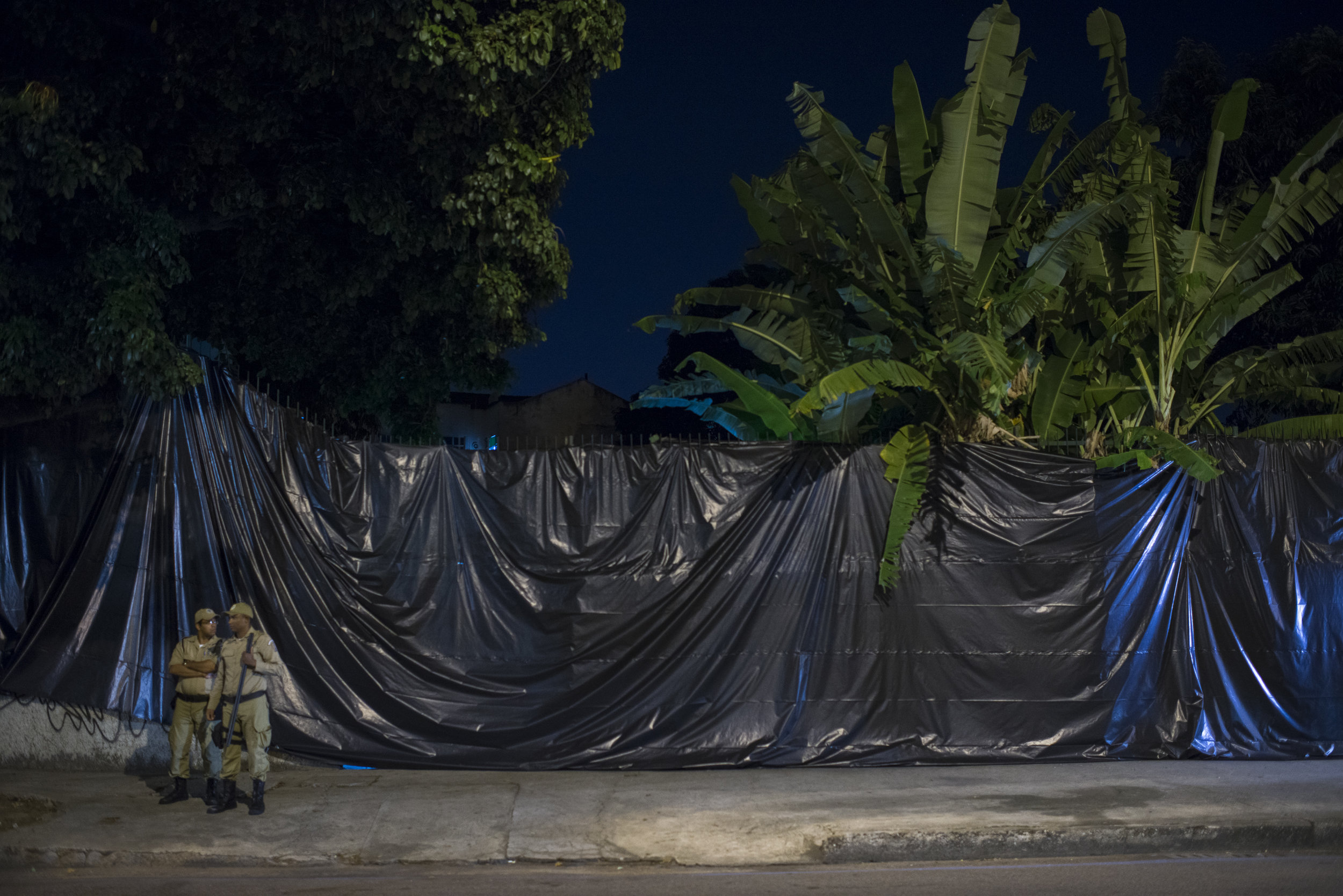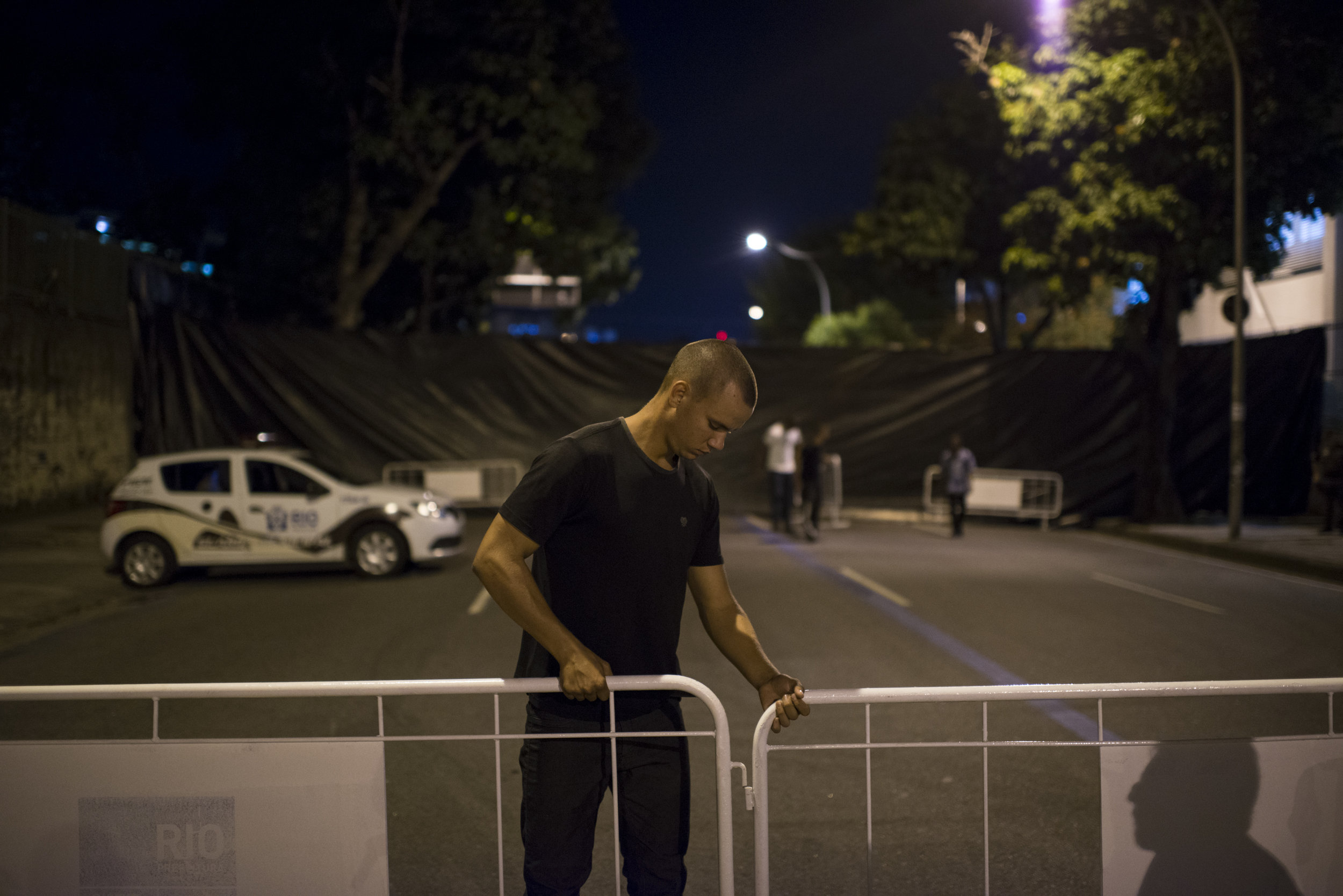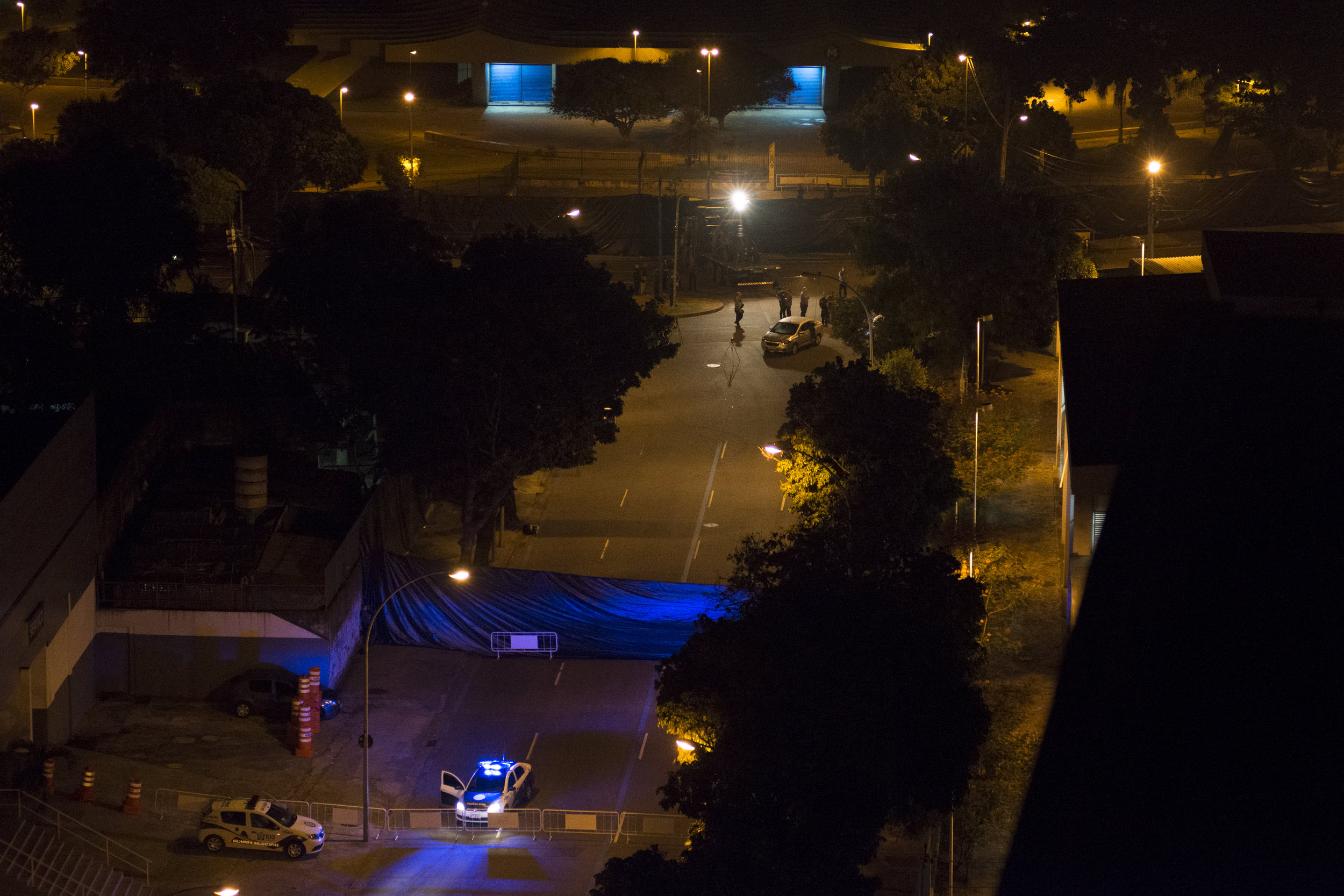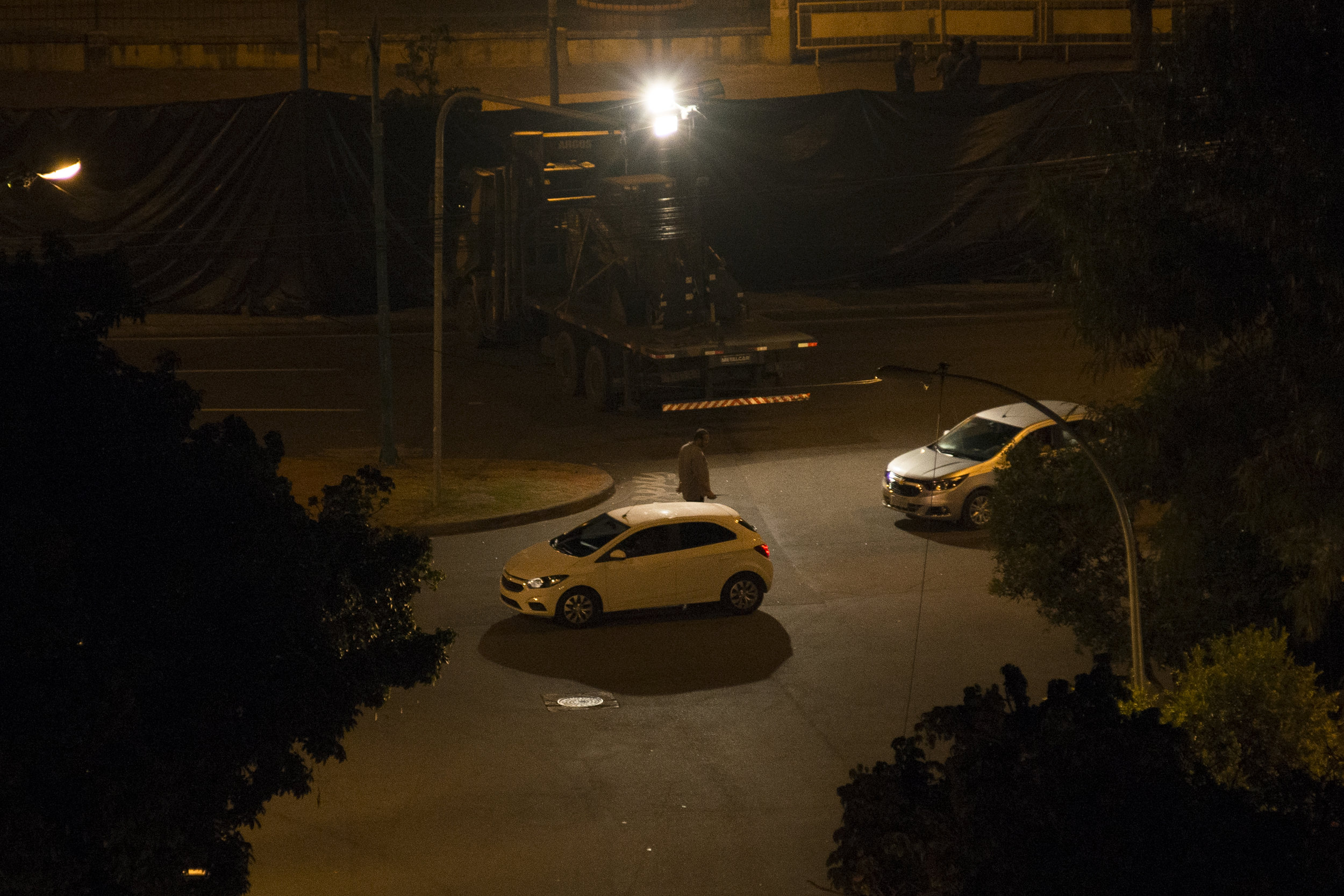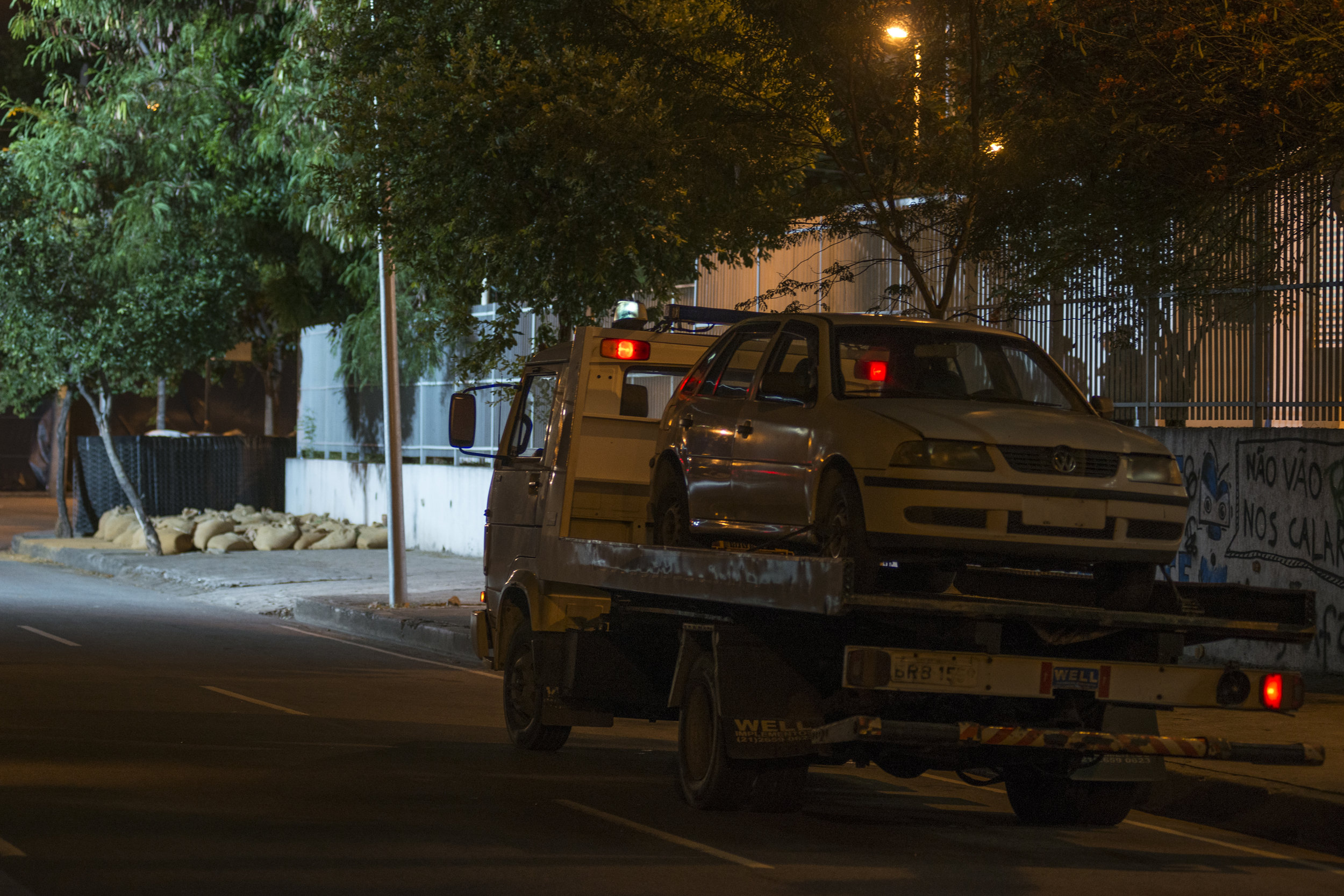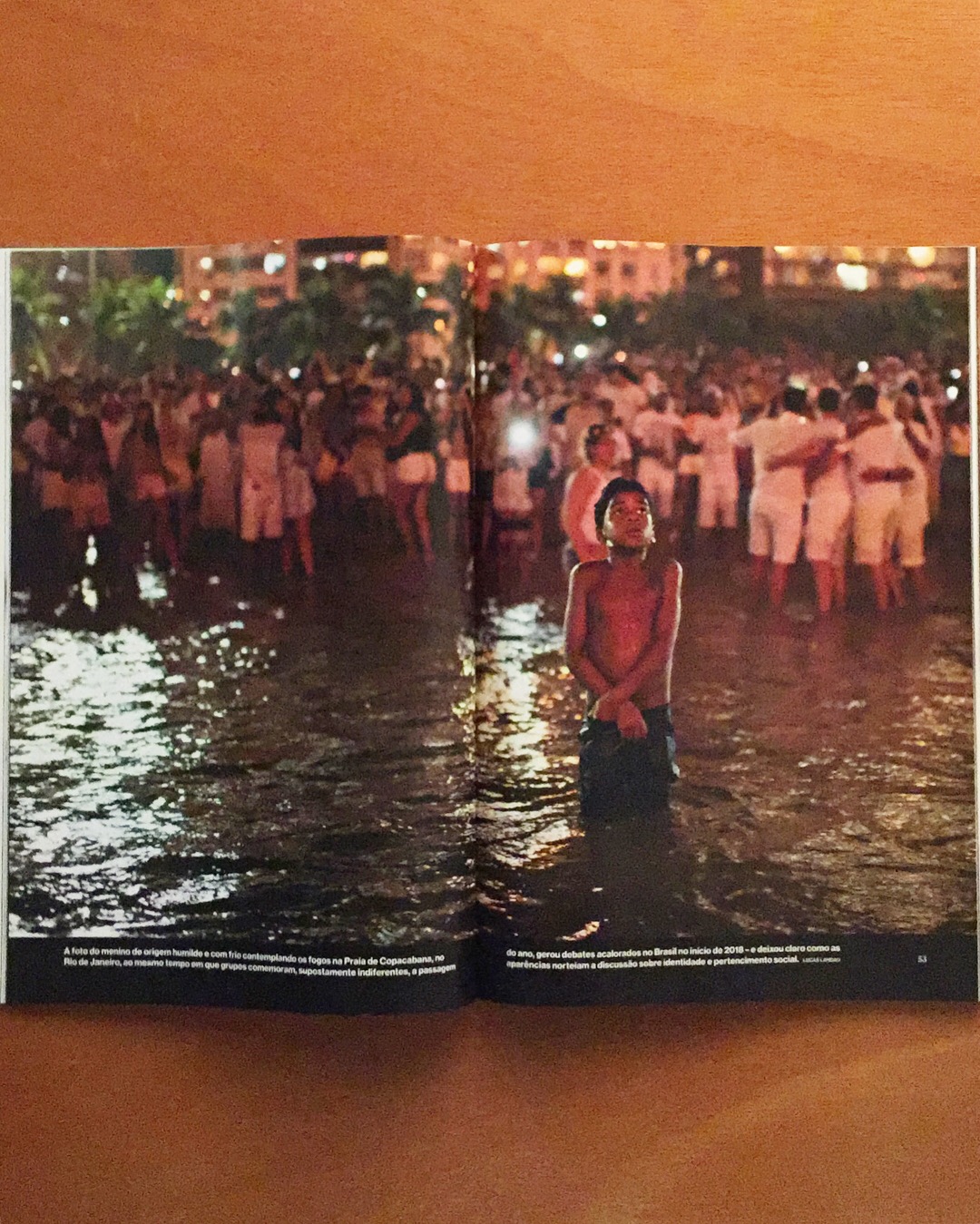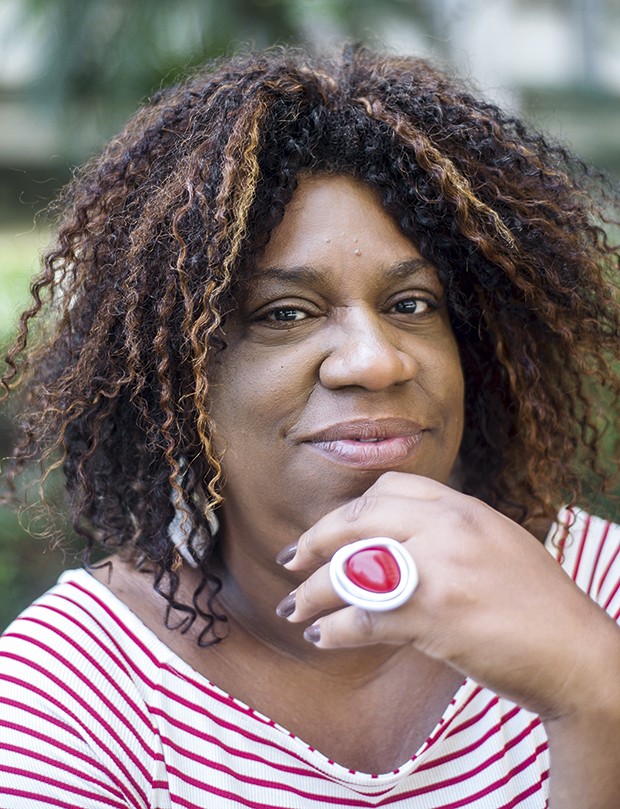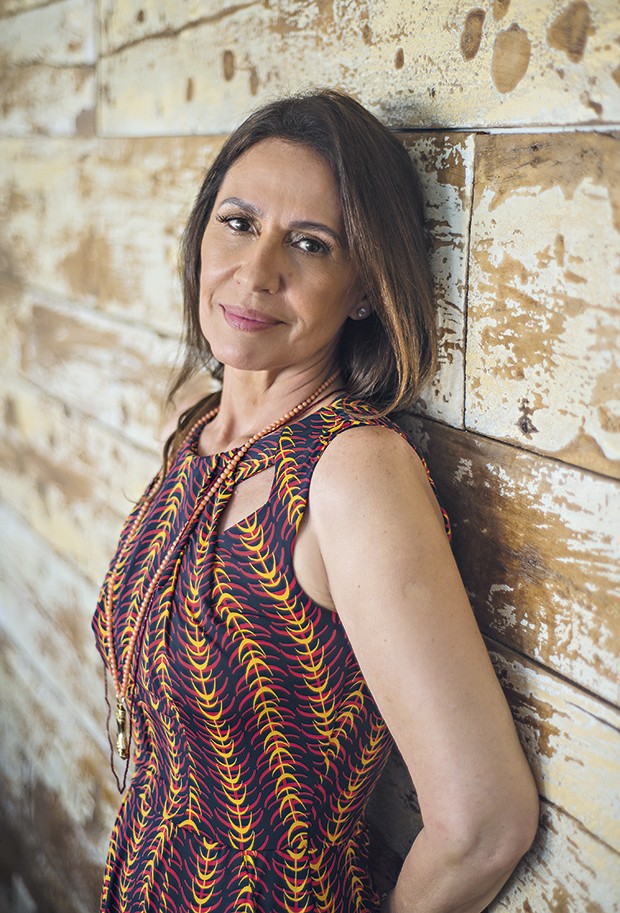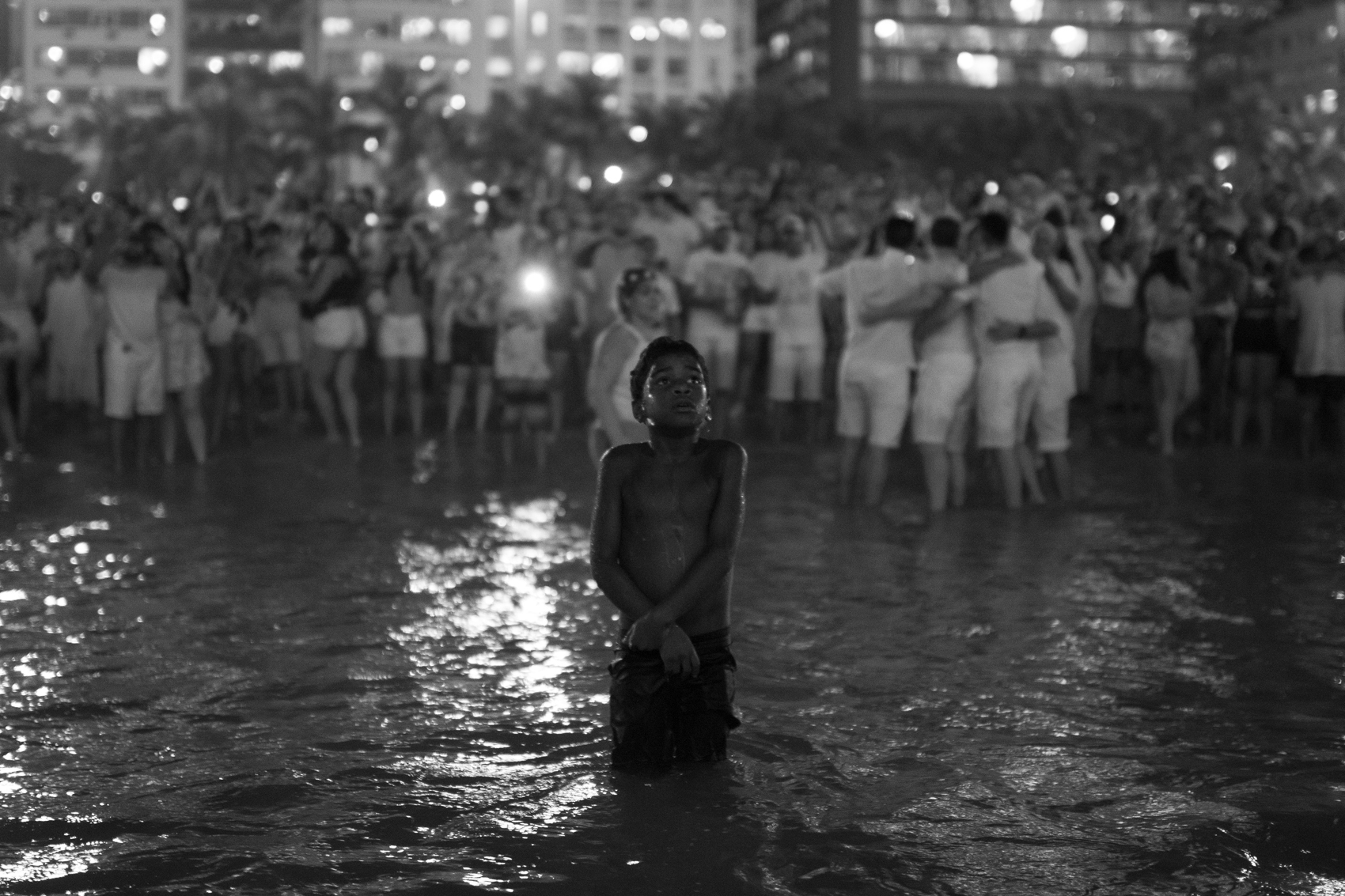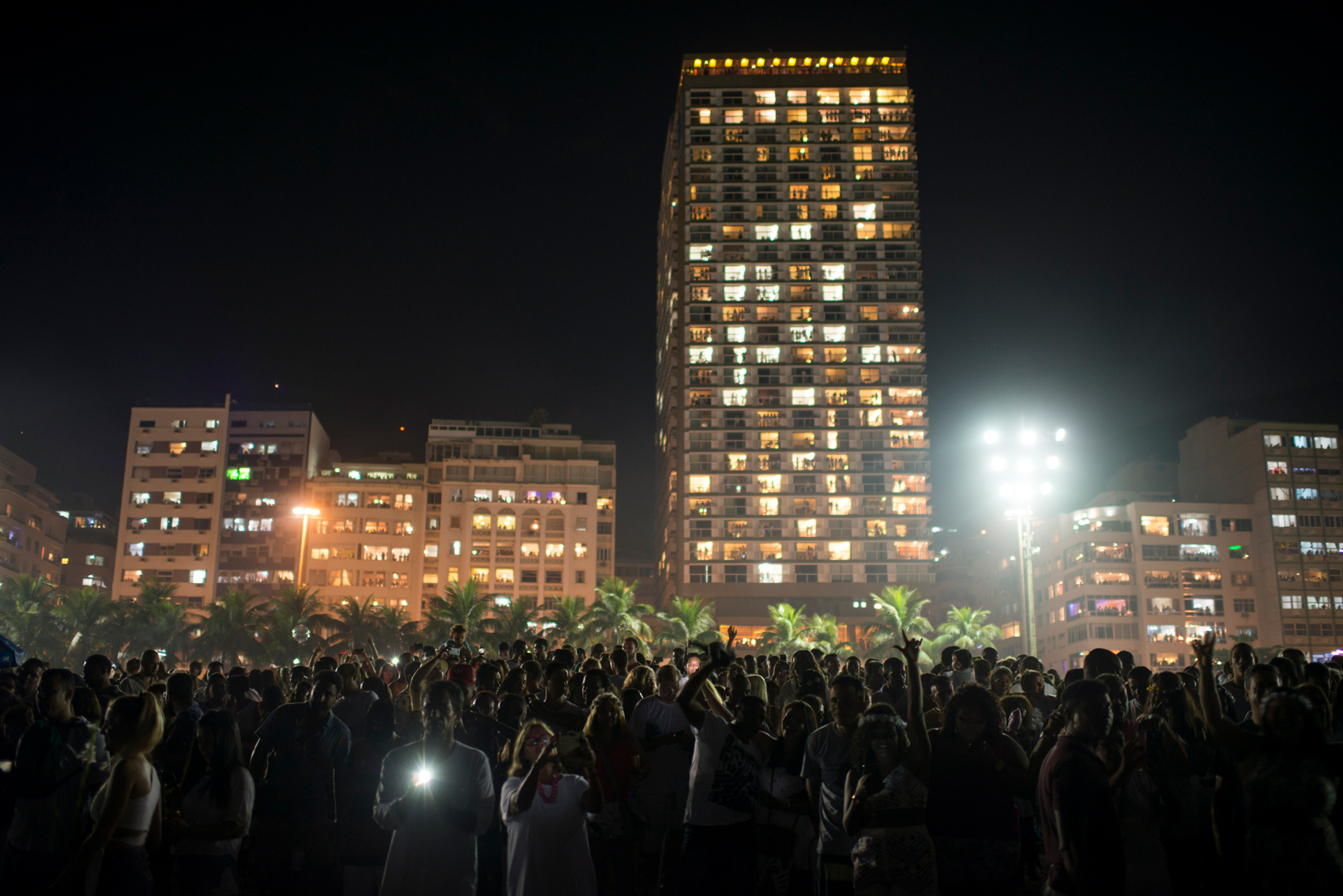This Indian village is about to be removed and destroyed.
The Indigenous Reserve of Dourados, in Mato Grosso do Sul, Brazil, is crowded with 16.000 Indians in a little bit more than 3.000 hectares. That’s why part of the Kaiowá people occupied an area next to the reserve that they say is their traditional territory, where 30 families are living nowadays.
However, the owner of the land, a farmer, is asking in court for the piece of his land back, and the judge agreed. Ñu Vera can be destroyed at any moment.
When I arrived, I met Ambrósio (61), a community leader. After I introduced myself, I asked if I could help with my work in their fight for their land. He liked the idea and told me to focus on two aspects: the plantations and the children.
The plantations means the land being used in a good way, stable life, each family with a small farm represents the link between them and the land. Land and life are deeply connected in the indigenous conception. Feet on the ground are not dirty feet, it is belonging.
And the children are the future, the new era, the reason of the fight of the Brazilian Indians that is taking 518 years. In Dourados (and in a lot of other places in Brazil), the Indians, when not ignored by society, are segregated.
With almost 10 days living together with the Guarani Kaiowá Indians, I can say for sure Indians did not choose to live in the hard situation they are experiencing today. It is result of the denial of their territory rights, public politics promoted by ruralist front (a parliamentary segment that acts on behalf of farmers), an omissive government and an ignorant and conservative society.
Ñu Vera resists.
(July 2018, Dourados - Mato Grosso do Sul, Brazil)
